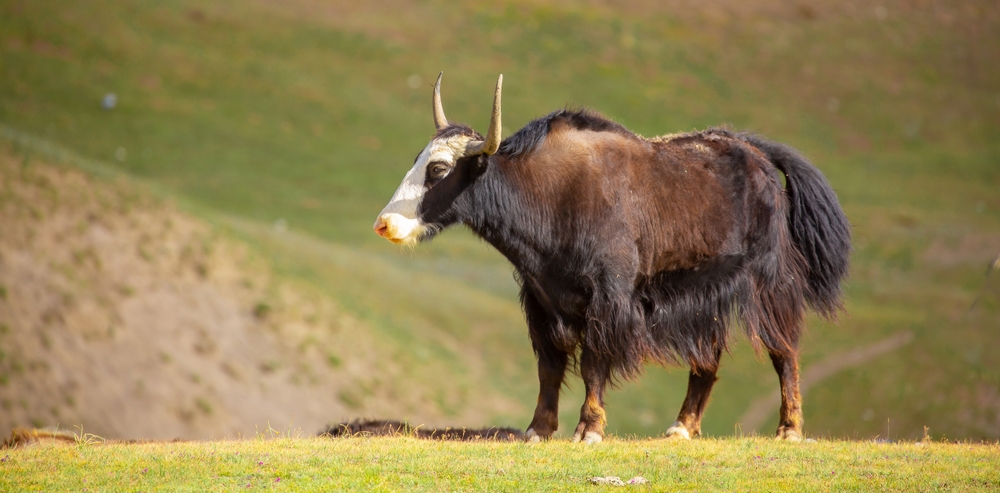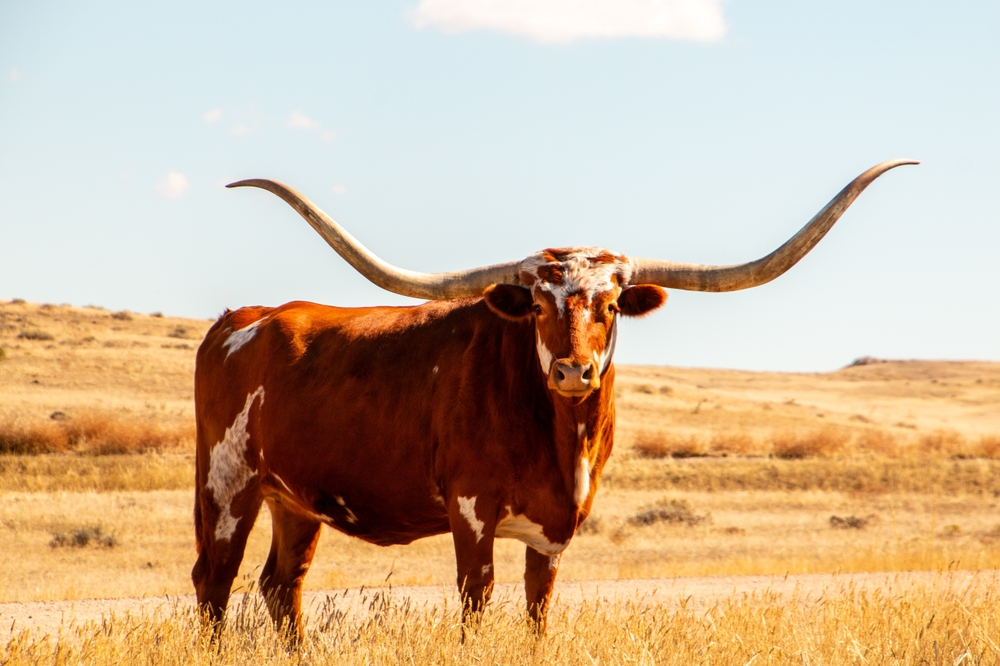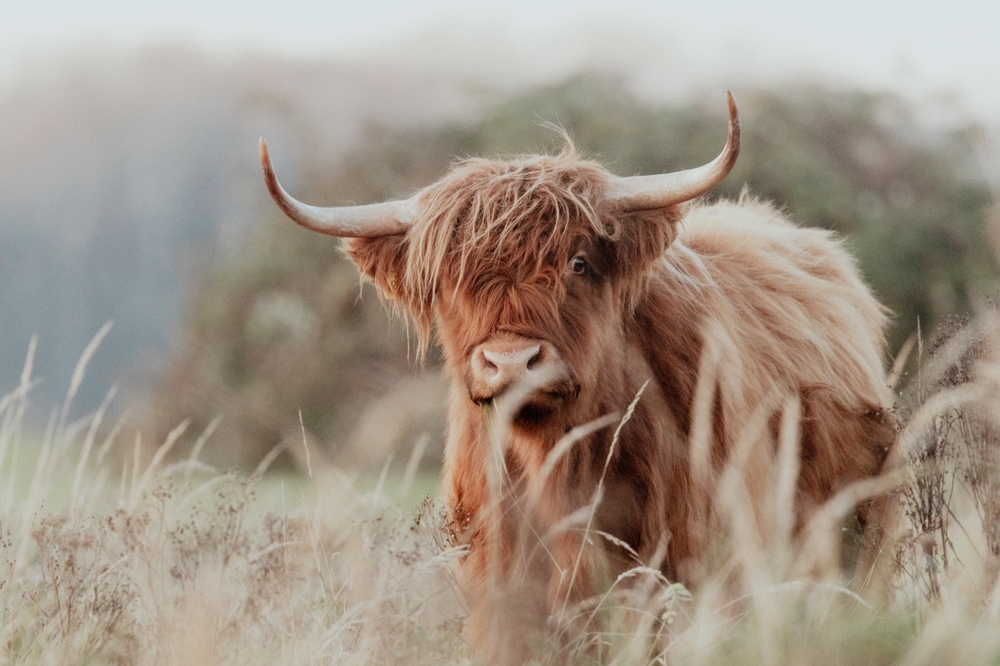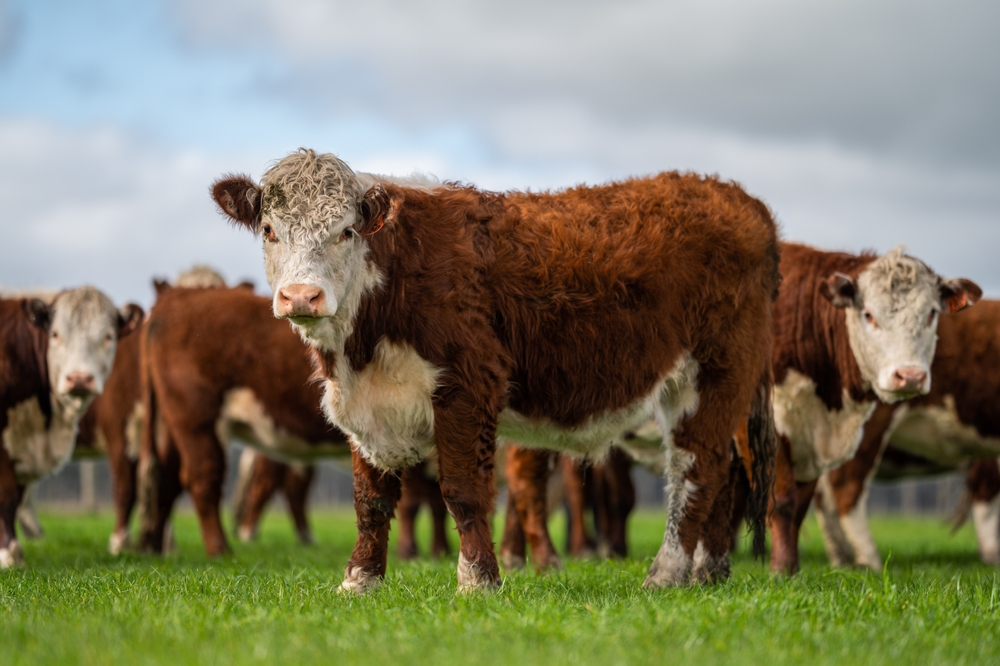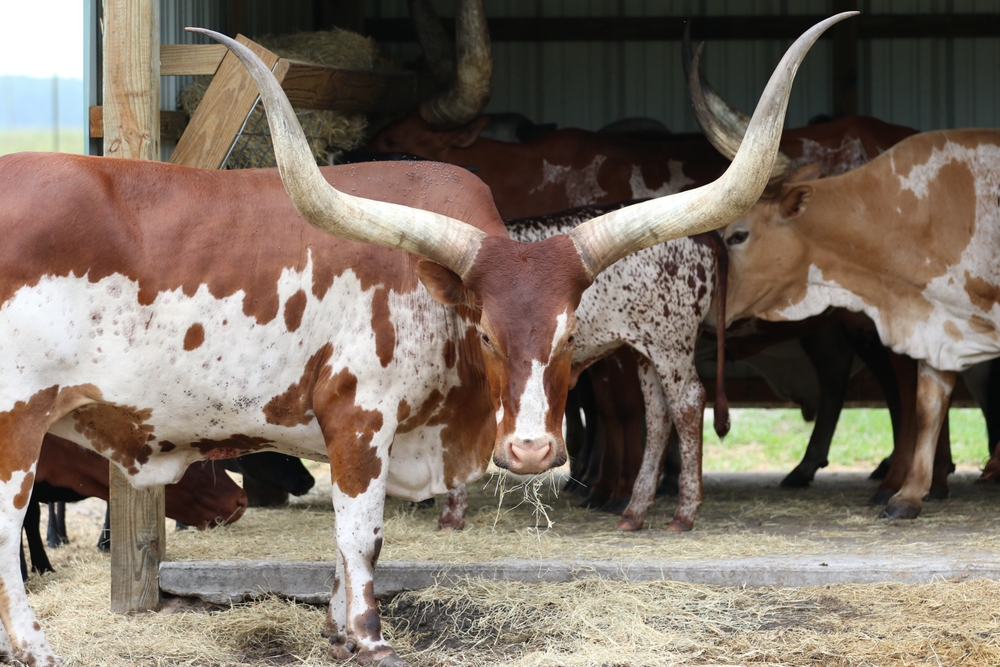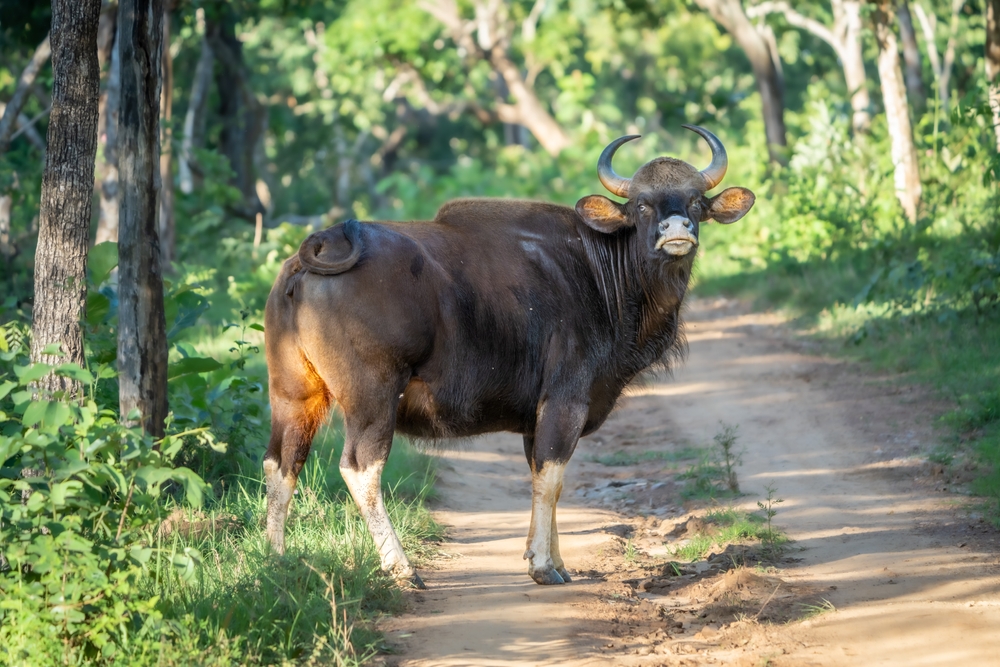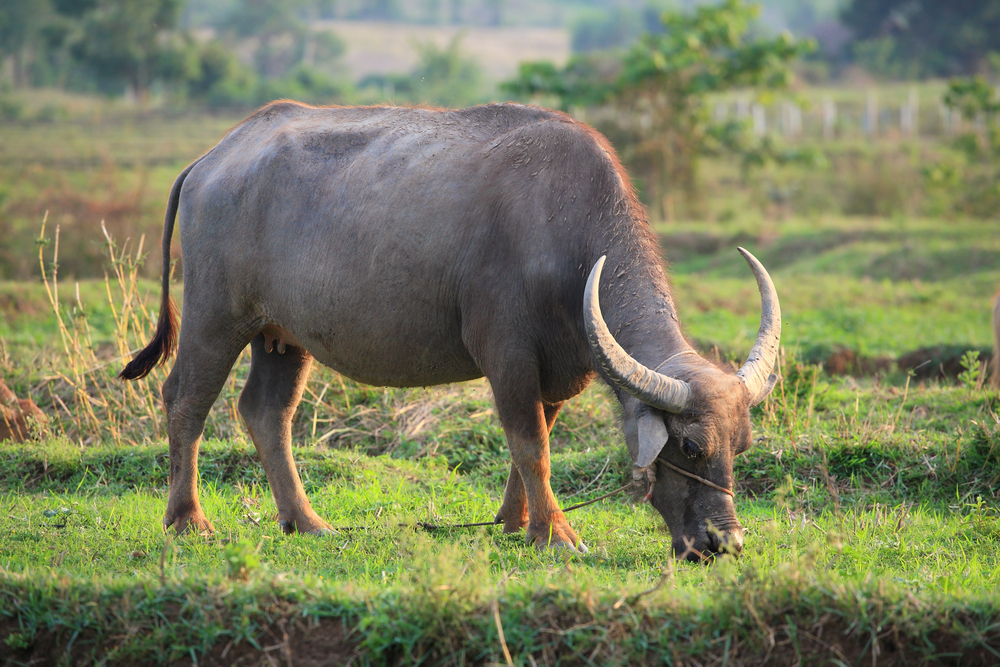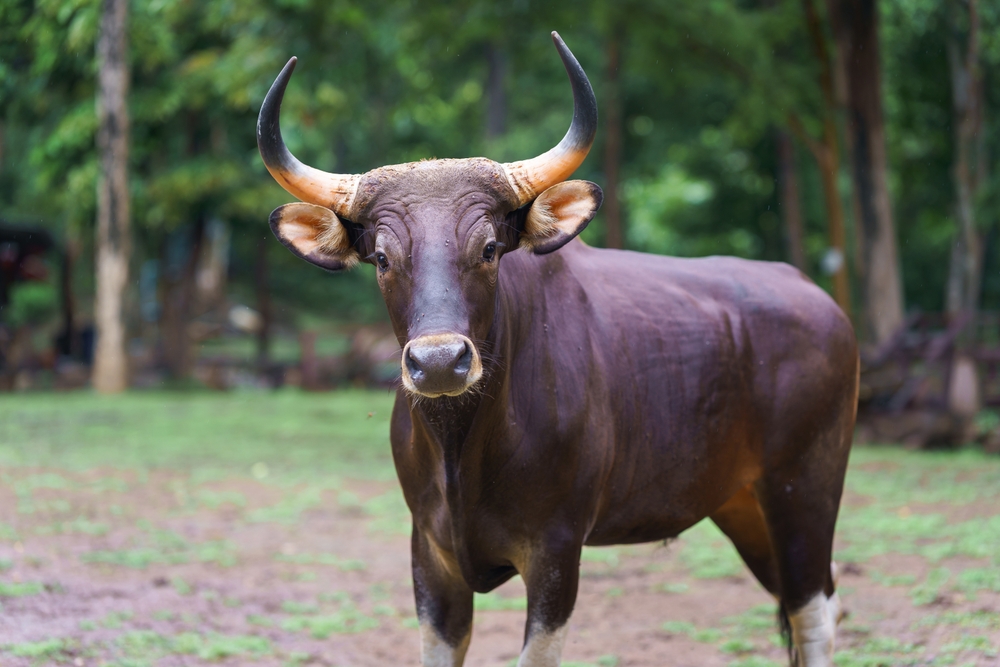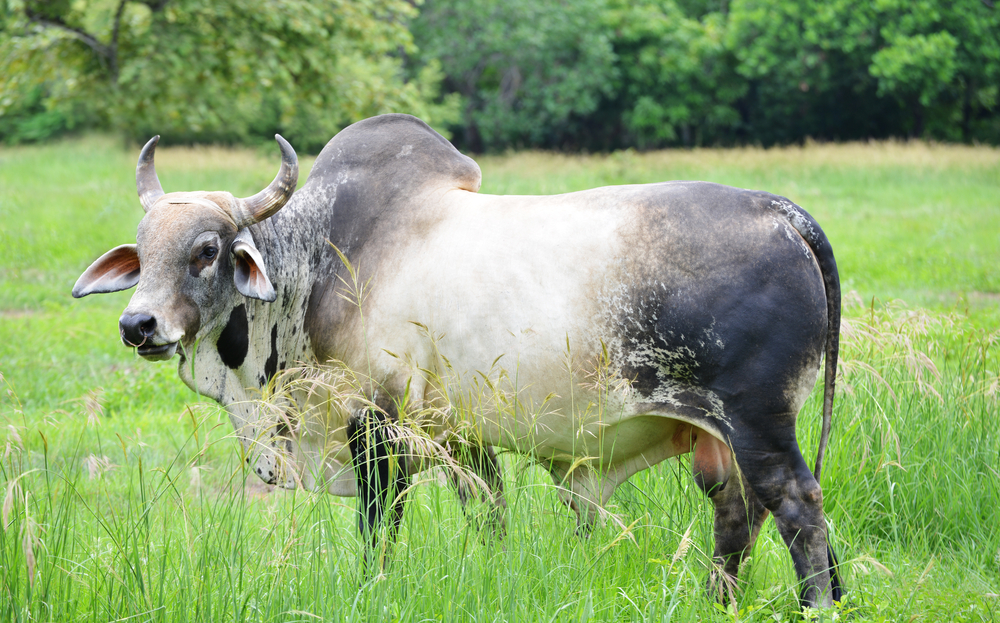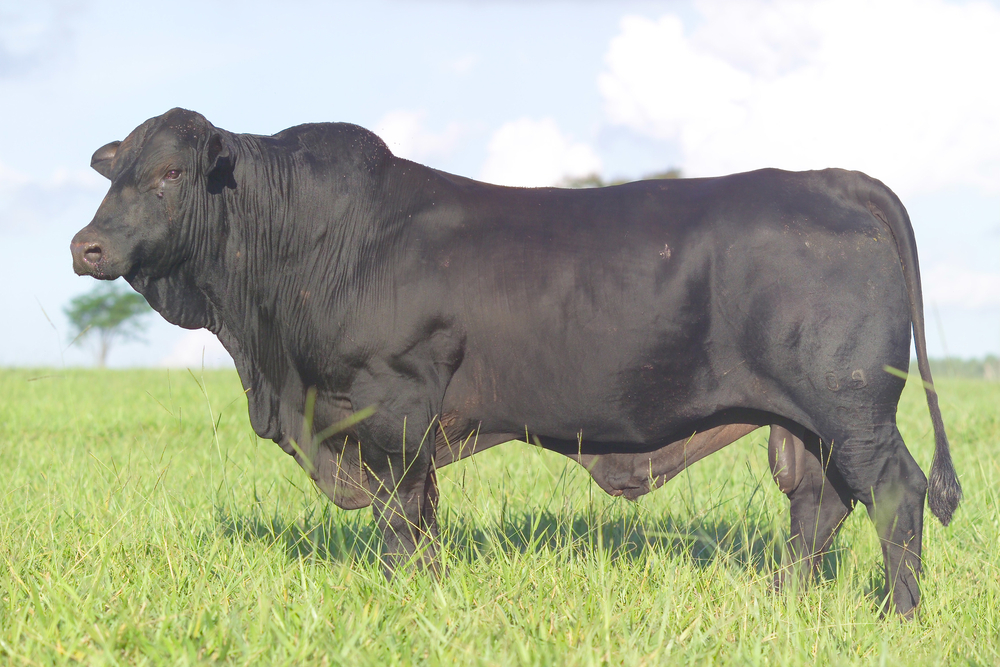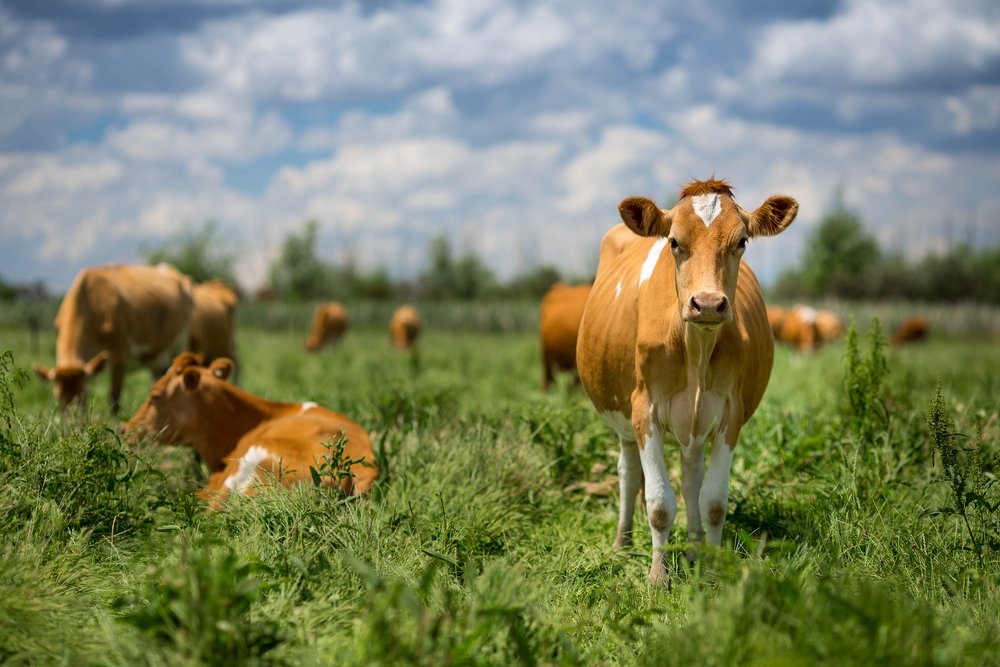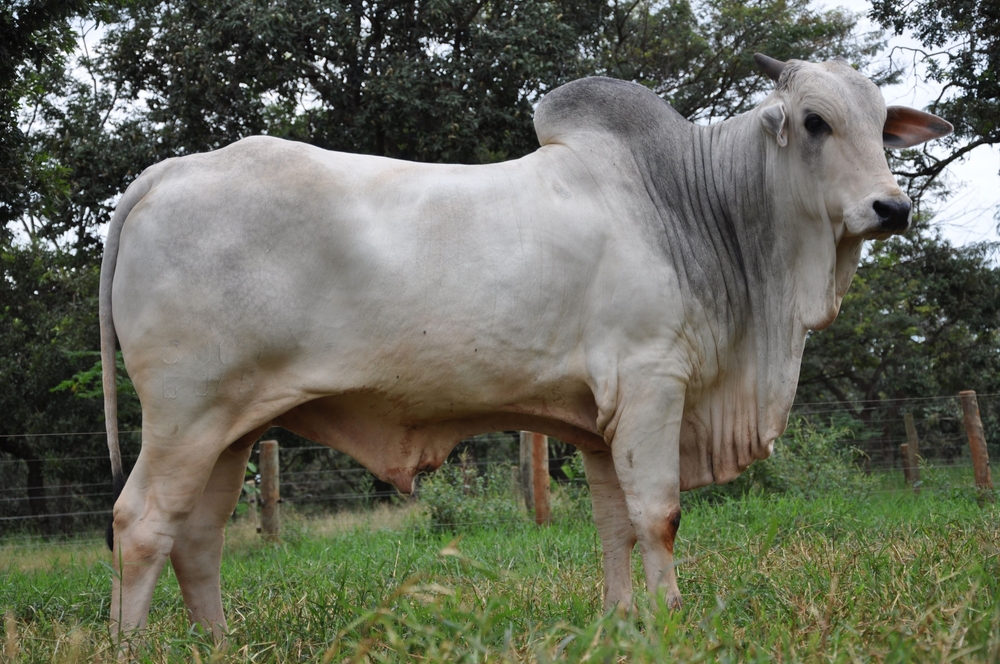The yak (Bos grunniens for domestic and Bos mutus for wild) is a remarkable high-altitude bovine with several traits that make it unique:
-
Extreme Cold Adaptation: Dense, two-layer coat and thick skin allow survival in temperatures as low as -40°F (-40°C).
-
High-Altitude Physiology: Large lungs and heart, high red blood cell count, and efficient oxygen use enable them to thrive at elevations over 20,000 ft (6,100 m).
-
Long Hair & Distinct Tail: Long, shaggy coat and a horse-like tail make them visually distinct from other cattle.
-
Sure-Footed Grazers: Short legs and large hooves provide stability on rocky, icy, and steep terrain.
-
Low-Nutrient Survival: Can maintain body condition on sparse, low-quality forage and limited water.
-
Vocalization: Nicknamed the “grunting ox” for their deep, resonant grunts—they lack the typical moo of domestic cattle.
-
Cultural Importance: Vital to Tibetan and Central Asian cultures for milk, meat, hides, fiber, and as pack animals.
-
Wild vs. Domestic: Wild yaks are larger, darker, and more robust, while domestic yaks are generally smaller and more varied in color.
Yaks’ combination of physical resilience, cultural value, and alpine specialization makes them one of the most important and distinctive livestock species in the high-altitude regions of Asia.



































































